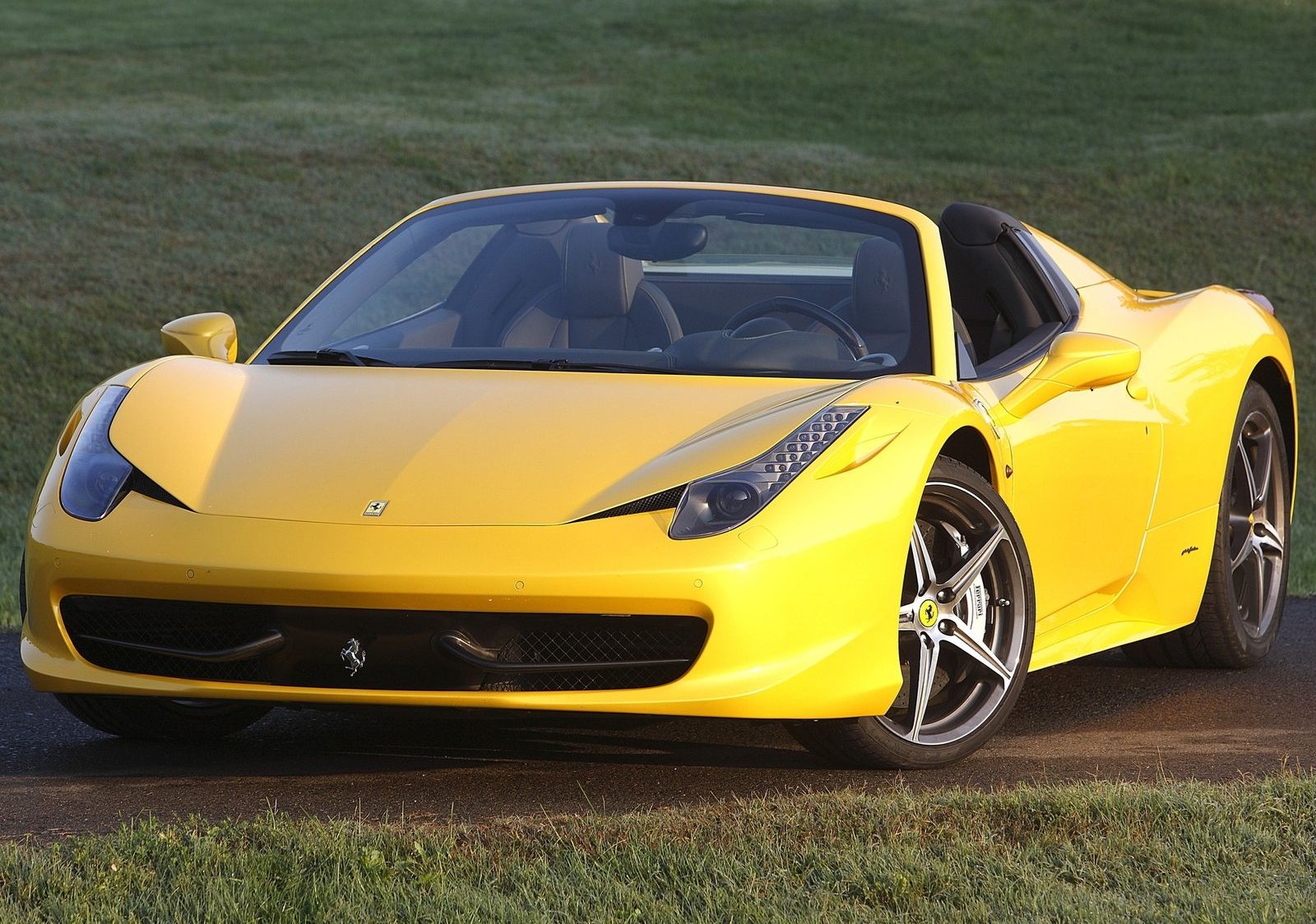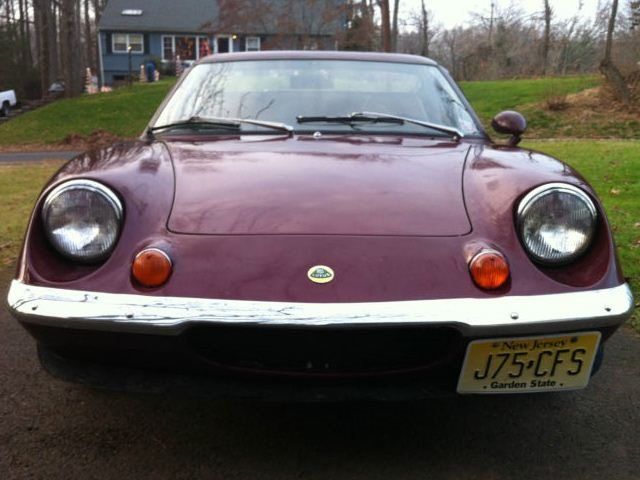
British automaker Lotus is not in the best of financial states, and has never been a huge money maker on par with the likes of Ferrari and Porsche. Lotus has always been a special brand, however, with a unique vision and formula on how to make lightweight and powerful road and track cars. Above all, Lotus cars are simple, keeping intact the philosophy of company founder Colin Chapman's famous line: "Simplify, then add lightness." And the fiberglass-bodied Europa was no exception.
Work on the Lotus Europa first began in the early Sixties as part of a program to build Ford a race car to compete in at Le Mans. Lotus obviously never got the contract because that car turned out to be the iconic GT40. But Lotus went ahead with the project on its own. The first gen Europa was launched in 1966 and was powered by a modified Renault 1.4-liter inline-four with 82 horsepower and mated to a four-speed manual. With its longitudinal mid-engine layout, the Series 1 Europa handled extremely well and had a top speed of 121 mph and a 0-60 mph time of 9.3 seconds.
This was quite respectable for the era but the Europa was still quite unique from pretty much anything else on the market at the time. It had fixed side windows and seats, no door handles and an aluminum dashboard, while its steel chassis was located within the lightweight fiberglass body that further reinforced stiffness. All told, just 296 Series 1 cars were built, making them the most rare and collectable today. The Type 47 Europa race car was also launched at the same time but was powered by a much more powerful engine. The Series 2 came about in 1968 and this time featured electric windows and a nicer interior with a polished wooden dashboard.
Versions of this generation were made specifically for the US, complying with strict government safety regulations of the era. In 1971 Lotus launched the Europa Type 74 Twin Cam. Powered by a Lotus-Ford twin cam engine that produced 105 hp, it also featured an improved four-speed gearbox. A total of 1,580 units were made before the Europa Special replaced it. This newer version also saw a power boost along with a number of other improvements. However, by 1975 the Europa became outdated and was discontinued after a total of 9,300 examples were built.
This particular 1972 Europa Twin Cam recently sold on eBay for $10,055. It had just 37,275 miles on the clock, but wasn't exactly in Concours condition. Hopefully the new owner will give it a proper restoration. Photos courtesy of classiccarz65.

